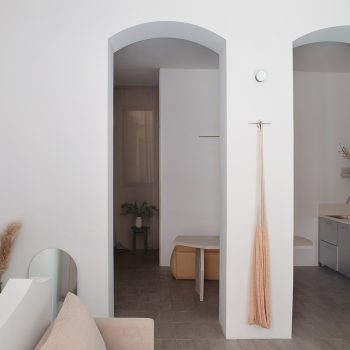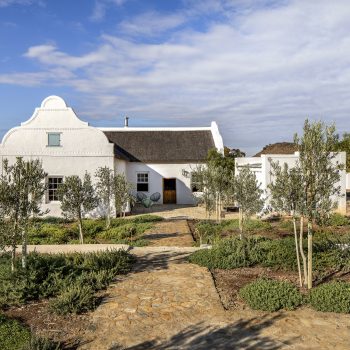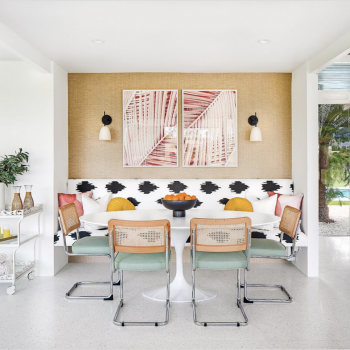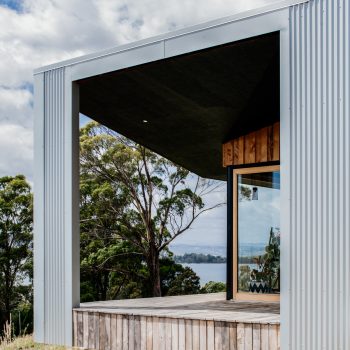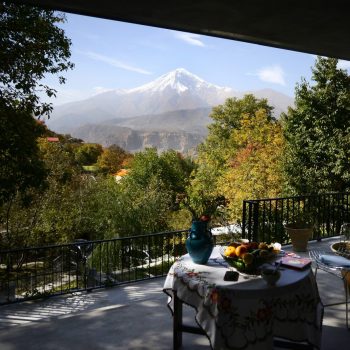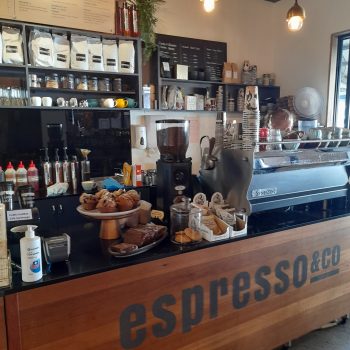Nicolas Schuybroek “In the historic city center of Antwerp, we thoroughly renovated this listed house from the early 1800’s characterized by an unusually large graphical black and white facade.”

The architect goes on to describe the house as being removed from a “monastic” impression by the use of warm wood and textures etc; but that the house conformed to a type of Minimalism. Arriving home from a busy work day our head full of what we have left behind and what we confront tomorrow the last thing we would want be surrounded by at home is an over-decorated scheme of clutter and useless ephemera. Rather, we would want to improve our sense of well-being as we transition from out to in; we would want a house that is innately sensitive to the occupants that live there. If the work day has been long, stressful and unpleasant a house should be a welcoming sanctuary allowing communing with nature, listening to music or playing with the children whatever takes the occupants fancy so that the immediate focus is easy, direct and uncomplicated.
This is more likely to occur in a structure which embodies a minimal philosophy and aesthetic. Whether we are conscious of it or not well curated spaces and volumes that uniquely reflect the inhabitants (and that includes children) lives will enhance how we appreciate or express / negotiate the time spent at home.
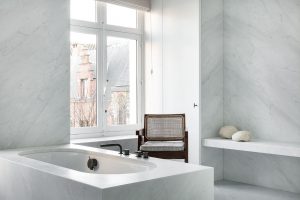
In truth the things which are ephemeral or transient are equally important to those that are fixed and solid. So that air flow, the transitioning of light and the form of space must be a process of symbiosis between the architect and the clients; a symbiosis that seems as natural as looking out the window and seeing the blue sky, greenery and the sun.
Some connection with nature is essential to that process whether the inhabitant is conscious of that or not. With sustainability best practice globally it is not surprising that it forms the basis of and synchronises singularly with Minimalism in architecture;
Museum of Modern Art Minimalism “An artistic movement of the 1960s in which artists produced pared-down three-dimensional objects devoid of representational content. Their new vocabulary of simplified, geometric forms made from humble industrial materials challenged traditional notions of craftsmanship, the illusion of spatial depth in painting, and the idea that a work of art must be one of a kind.” MOMA












